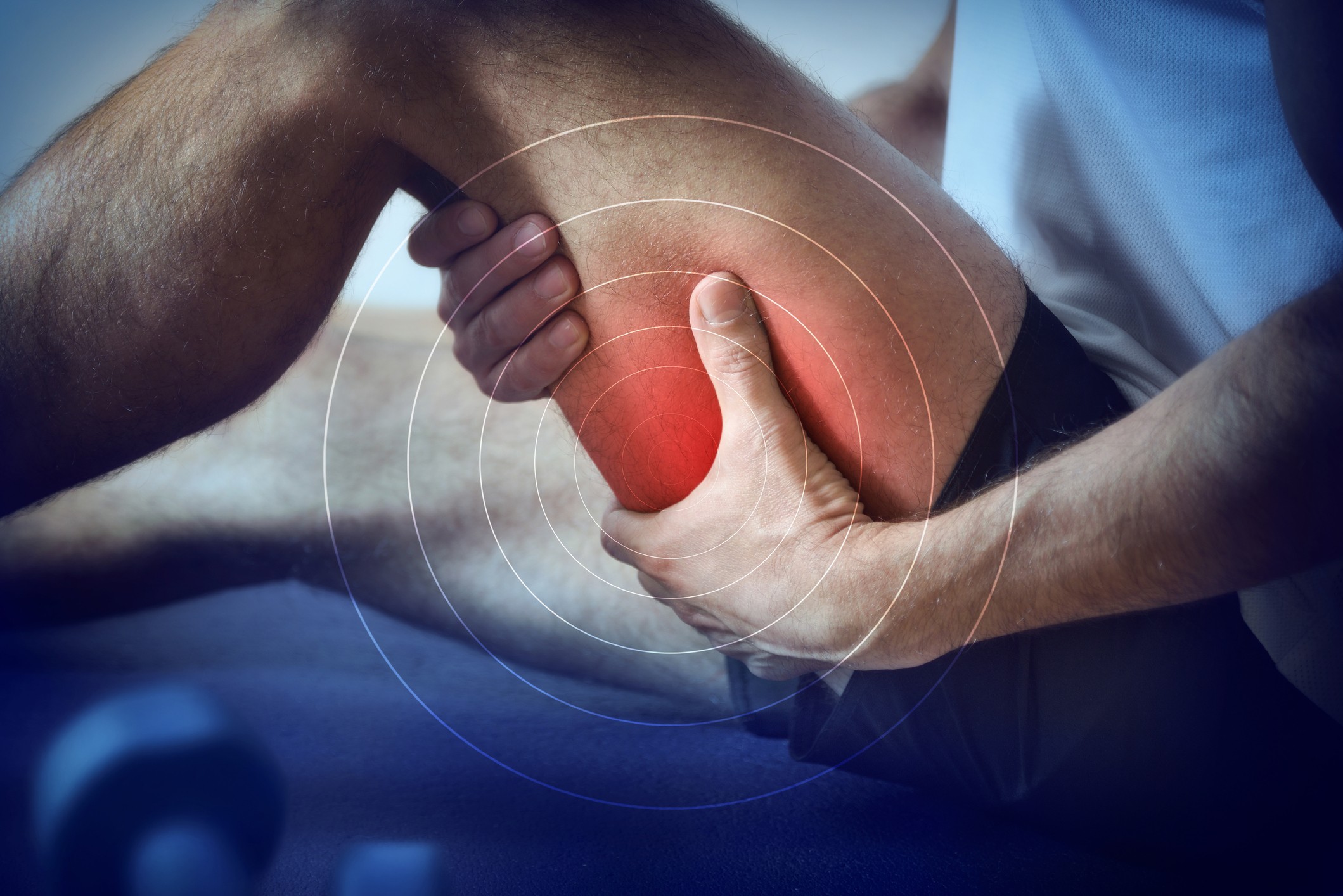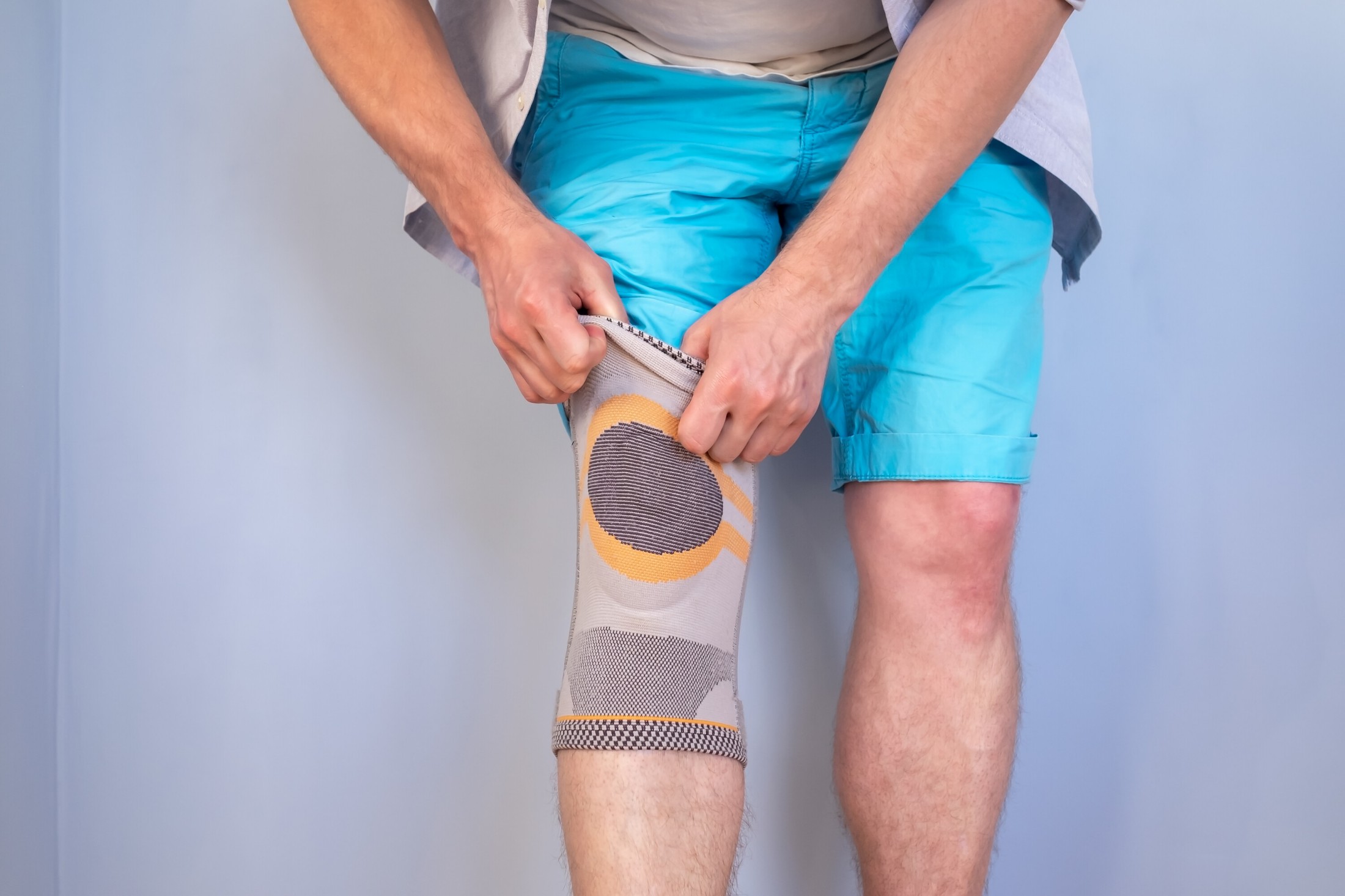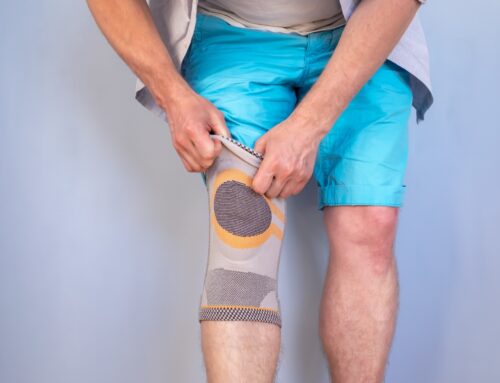Venous Leg Ulcers represent a significant challenge in healthcare, affecting numerous individuals globally. A Venous Leg Ulcer, typically occurring in the lower leg, arise due to chronic venous insufficiency, where blood flow in the leg veins is inadequate, leading to increased pressure and eventually, skin breakdown. The resulting ulcers are not only painful but can also significantly impact the quality of life and mobility of those affected.
Addressing Venous Leg Ulcers promptly is crucial. Without timely and effective treatment, Venous Leg Ulcers can lead to complications such as infection, increased pain, and prolonged healing times. Pneumatic Compression Therapy offers a proactive approach, potentially reducing the healing time and improving the overall treatment outcomes for individuals suffering from these challenging ulcers.
Understanding Venous Leg Ulcers
Venous Leg Ulcers are a common yet often misunderstood condition. To effectively manage and treat these ulcers, it’s essential to grasp their underlying causes, risk factors, and the methods used for diagnosis (source).
Causes and Risk Factors
- Chronic Venous Insufficiency
The most prevalent cause of Venous Leg Ulcers, where veins in the legs struggle to send blood back to the heart, leading to increased pressure and skin changes. - Varicose Veins
Enlarged, swollen veins often contribute to the development of Venous Leg Ulcers due to poor venous circulation. - Blood Clots
A history of deep vein thrombosis (DVT) can damage valves in the veins, increasing the risk of ulcers. - Obesity
Excess weight increases pressure in the veins of the legs, contributing to the risk of Venous Leg Ulcers. - Limited Mobility
Prolonged periods of sitting or standing can impede blood flow in the legs, heightening the risk. - Age
Older adults are more susceptible due to reduced mobility and other age-related vascular changes. - Smoking
Smoking can affect blood circulation, increasing the risk of developing Venous Leg Ulcers. - Previous Leg Injuries
Past injuries to the legs can lead to venous insufficiency and ulcers.
Symptoms and Diagnosis
- Symptoms:
- Typically located above the ankle, these ulcers can be painful and slow to heal.
- Often felt in the legs, especially after standing for long periods.
- The skin around the ulcer may become hardened, discolored, or itchy.
- Common symptoms associated with poor circulation in the legs.
- Diagnostic Methods:
- A thorough examination of the affected leg by a healthcare professional.
- A test comparing blood pressure in the ankle and arm to check for poor blood flow.
- A non-invasive test that visualizes blood flow and checks for any vein abnormalities.
- Occasionally used, this involves injecting a contrast dye to visualize veins on an X-ray.
- To rule out other conditions that might mimic the symptoms of Venous Leg Ulcers.
Pneumatic Compression Therapy
Pneumatic Compression Therapy is a modern and effective treatment modality, particularly beneficial for managing Venous Leg Ulcers. Understanding how this therapy works and its specific benefits can provide valuable insights into its role in Venous Leg Ulcer treatment.
What is Pneumatic Compression Therapy?
Pneumatic Compression Therapy involves the use of a specialized device that encases the leg in a sleeve or boot-like garment. This garment is equipped with air chambers that inflate and deflate rhythmically.
Here’s how it works:
- Controlled Pressure Application
The device applies controlled pressure to the leg, mimicking the natural pumping action of muscles in the lower limbs. - Enhanced Blood Flow
By compressing and releasing in a sequential pattern, the therapy promotes blood flow back towards the heart, reducing venous stasis. - Lymphatic Drainage
The therapy also aids in lymphatic drainage, which is crucial in reducing swelling and preventing fluid accumulation in the tissues. - Customizable Treatment
The pressure levels and cycle times can be adjusted according to individual patient needs, ensuring a personalized treatment approach.
Benefits of Pneumatic Compression for a Venous Leg Ulcer
Pneumatic Compression Therapy offers a range of benefits for those suffering from Venous Leg Ulcers, making it a key component in the management and treatment of this condition.
One of the primary advantages is accelerated healing; by enhancing blood circulation, this therapy can speed up the healing process of the ulcers. It’s also highly effective in reducing leg swelling, a common and uncomfortable symptom of Venous Leg Ulcers. Patients often experience significant pain relief with regular use, as the therapy alleviates the discomfort associated with these ulcers.
Pneumatic Compression Therapy also plays a crucial role in the prevention of ulcer recurrence. By maintaining healthy blood flow, it helps prevent the conditions that lead to ulcer formation. This improvement in circulation not only aids in healing the existing ulcers but also contributes to enhanced skin health around the affected area.
As the ulcers heal and the pain subsides, patients typically notice an improvement in their mobility, allowing them to return to their daily activities with greater ease.
Since this therapy is a non-invasive treatment option, offering a safe alternative or complement to other medical treatments.
In summary, the benefits of Pneumatic Compression Therapy for Venous Leg Ulcers include:
- Accelerated Healing
- Reduced Swelling
- Pain Alleviation
- Prevention of Recurrence
- Improved Mobility
- Enhanced Skin Health
- Non-Invasive Treatment
These benefits highlight the importance of Pneumatic Compression Therapy as an effective tool in the comprehensive management and care of Venous Leg Ulcers, addressing both the symptoms and the underlying causes of the condition.
The Treatment Process for a Venous Leg Ulcer
The administration of Pneumatic Compression Therapy involves a series of steps to ensure the treatment is effective and comfortable for the patient:
- Initial Assessment
A healthcare professional assesses the patient’s condition, examining the severity of the Venous Leg Ulcer and any underlying circulatory issues. - Fitting the Compression Device
The patient’s leg is fitted with a specially designed sleeve or garment. This garment is connected to the pneumatic compression device. - Customizing Treatment Settings
The device settings, including pressure levels and inflation/deflation cycles, are adjusted based on the patient’s specific needs and comfort levels. - Starting the Session
Once the patient is comfortable, the device is activated. The air chambers in the sleeve sequentially inflate and deflate, applying gentle pressure to the leg. - Monitoring
Throughout the session, the patient is monitored for any discomfort or adverse reactions. Adjustments are made as needed to ensure optimal comfort and effectiveness. - Duration of Session
Each therapy session typically lasts between 30 minutes to an hour, depending on the individual case. - Frequency of Sessions
The frequency of treatment sessions is determined based on the severity of the Venous Leg Ulcer and the patient’s response to therapy. It can range from daily sessions to a few times a week.
What to Expect During Treatment
During Pneumatic Compression Therapy sessions for Venous Leg Ulcers, patients can anticipate a specific set of experiences and outcomes.
The treatment typically involves a sensation of gentle, rhythmic squeezing of the leg. This sensation is often described as comfortable and soothing, contributing to an overall relaxing experience. In fact, many patients find the treatment sessions a good opportunity to unwind, often choosing to read or listen to music during this time.
Immediately following the treatment, it’s common for patients to observe noticeable changes, such as a reduction in leg swelling and a feeling of lightness in the treated limb. These immediate after-effects are encouraging signs of the therapy’s impact. Additionally, throughout the course of treatment, healthcare professionals regularly monitor the healing progress of the ulcer. This ongoing assessment allows for necessary adjustments to the treatment plan, ensuring the best possible outcomes for each individual.
The duration of the treatment course can vary from patient to patient. Some may see improvements within a few weeks, while others might require a longer-term approach to therapy. It’s important to note that Pneumatic Compression Therapy is a safe and non-invasive treatment option. It carries minimal risks or side effects, making it a comfortable choice for many patients.
Combining Treatments for Optimal Results
For the most effective management of Venous Leg Ulcers, Pneumatic Compression Therapy often works best when combined with other treatments and lifestyle modifications. This holistic approach can significantly enhance healing outcomes and overall quality of life.
Complementary Therapies and Lifestyle Changes
In addition to Pneumatic Compression Therapy, several complementary therapies and lifestyle changes can be beneficial:
- Wound Care
Regular, professional wound cleaning and dressing changes are crucial. Using appropriate wound care products can accelerate healing. - Medication
If infection is present, antibiotics may be necessary. Pain relievers can also be used as prescribed to manage discomfort. - Elevation of Legs
Elevating the legs above heart level several times a day can help reduce swelling and improve circulation. - Physical Activity
Gentle exercises, such as walking, can improve blood flow. However, it’s important to balance activity with rest. - Weight Management
Maintaining a healthy weight reduces pressure on the legs and can alleviate symptoms of Venous Leg Ulcers. - Smoking Cessation
Smoking impairs circulation and can worsen Venous Leg Ulcer symptoms. Quitting smoking is highly recommended. - Healthy Diet
A diet rich in vitamins and minerals, particularly Vitamin C and Zinc, can aid in wound healing and overall vascular health. - Hydration
Adequate hydration is essential for maintaining skin elasticity and promoting overall health. - Compression Stockings
Wearing graduated compression stockings during the day can help manage symptoms and prevent recurrence.
Importance of a Holistic Approach
Adopting a holistic approach to the treatment of Venous Leg Ulcers is about much more than addressing the physical symptoms; it encompasses the overall health and lifestyle of the patient. This method involves treating the whole person, taking into account all the factors that affect healing, including physical, emotional, and social aspects. Such an approach ensures that each patient receives a customized treatment plan, tailored to their unique situation and specific needs.
A key benefit of this holistic approach is the enhanced potential for healing and preventing the recurrence of ulcers. By integrating multiple therapies, including Pneumatic Compression Therapy, with lifestyle changes, the chances of successful treatment outcomes are significantly increased.
Dealing with chronic wounds like Venous Leg Ulcers can be emotionally challenging. Holistic care addresses this by including emotional and psychological support, which is crucial in improving patient morale and ensuring adherence to the treatment plan.
Patient education is another critical component of this approach. By educating patients about their condition and how to manage it effectively, they are empowered to take an active role in their treatment journey. This empowerment often leads to better management of the condition and a more engaged patient.
A holistic approach typically results in improvements in the patient’s overall health, not just in the healing of the ulcer. By considering and addressing the broader health picture, patients often experience improvements in various aspects of their health and well-being.
The Road to Recovery
Venous Leg Ulcers are more than just a physical ailment; they are conditions that can significantly impact an individual’s quality of life, mobility, and overall well-being. Effective treatment of Venous Leg Ulcers is not just about healing a wound; it’s about restoring health, comfort, and confidence. Pneumatic Compression Therapy has shown remarkable efficacy in the management of these ulcers, offering a non-invasive, safe, and effective treatment option that can significantly accelerate the healing process.
It’s important to remember that every individual’s journey with Venous Leg Ulcers is unique. The most successful treatment plans are those that are tailored to each person’s specific needs. This often involves a combination of therapies, including wound care, lifestyle adjustments, and possibly other medical interventions. Seeking professional medical advice is crucial in developing a personalized treatment plan that addresses all aspects of the condition.
If you or a loved one is dealing with Venous Leg Ulcers, we encourage you to reach out to healthcare professionals who specialize in this area. For those considering Pneumatic Compression Therapy, Care-Med offers expert guidance and support. Our team is dedicated to providing the best possible care, helping you navigate your treatment options and find the most effective path to healing and recovery. Schedule Your Consultation with Care-Med.
Share This Story, Choose Your Platform!
Table of Contents
We specialize in orthotics, body braces, and compression wear tailored to your unique needs in Toronto. Reach out to us at info@caremed.care or call 416-782-5353 to book your fitting and consultation.
Experience the difference of customized solutions designed just for you.











